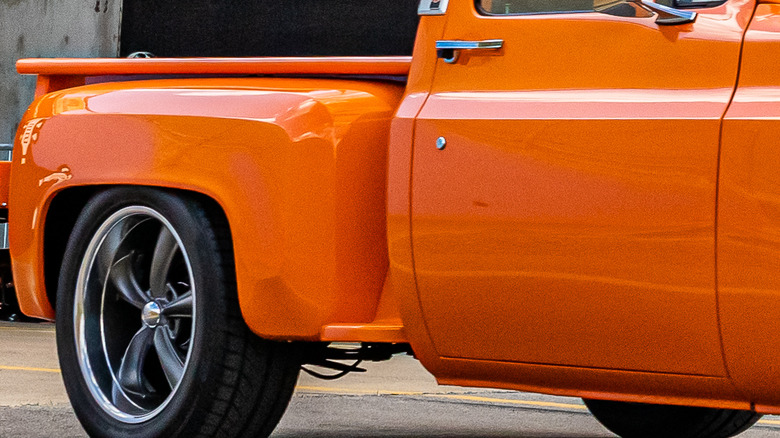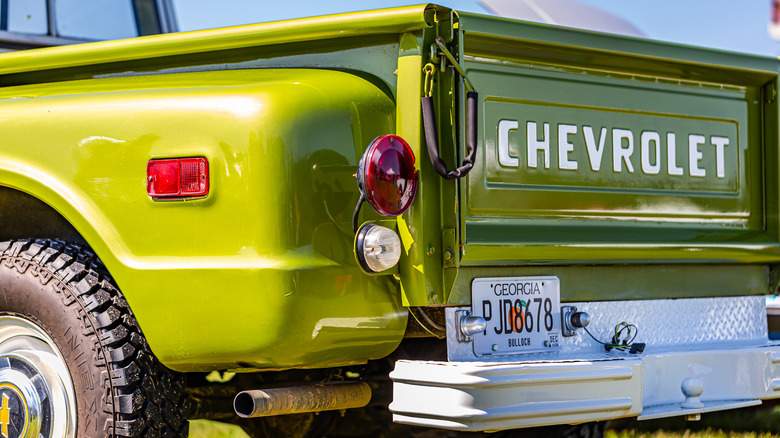Step-Side Pickup-Trucks: A Lost Art In The Automotive Industry
Until the late-1950s, the image of a pickup truck was synonymous with a perfectly rectangular cargo bed flanked by a bulbous set of fenders (a.k.a. flares) to cover the rear wheels and accented with some weatherproof surface-mounted taillights. This configuration also incorporated a running board in front of the rear wheel wells from which you can stand to reach items inside the cargo bed, hence the name step-side. Reportedly, this design was chosen by manufacturers because it conserved metal material and was simple and lightweight to construct.
For the 1957 model year, Ford set the truck world ablaze with its revolutionary Fleetside bed, which had a more streamlined and integrated appearance versus the venerable step-side bed. The sides of the Fleetside bed were even with the truck's doors, and the fender tubs were recessed into the bed and hidden. Not wanting to be left behind, General Motors, Dodge, and others rushed to offer competing versions of the slab-sided cargo beds. Suddenly, truck buyers had a choice.
Manufacturers developed trade names for the old-timey step-side bed to differentiate between the two bed styles. Chevrolet went with, well, Stepside (later Sportside), while Ford's was called Flareside, and Dodge had the Utiline. Nowadays, enthusiasts usually refer to this style as step-side, regardless of whether it's a Chevy.
The step-side sacrificed space for style
Besides having more contemporary styling, the full-width fleetside bed was more practical too. In the old step-side, cargo space was restricted to what would fit between the fender bulges, typically a width of slightly greater than 48 inches to accommodate four-foot wide sheet products such as plywood and drywall.
When the fleetside came along, the space between the wheel wells was only a tad more than 48 inches. However, there was additional useable cargo room in front, in the back, and on top of the wheel wells. If you've ever noticed, the inside walls of fleetside pickups have notches to facilitate using 2x boards to span the distance across the bed at the same height as the top of the wheel arches, effectively creating a shelf over five feet wide in full-size trucks.
Dodge was the first to abandon the step-side style following the 1985 model year, while Chevy and Ford soldiered on with the configuration until 2006 and 2009, respectively. The reason for the extinction was multifold. Dated styling was undoubtedly a factor, especially when juxtaposed against modern trucks' ever more angular lines. Not to mention reduced practicality and the cost efficiencies of building and offering only a single kind of bed.
Though less functional than their fleetside counterparts, it's easy to see that step-sides have a particular aesthetic that makes them popular with hot rodders and muscle truck collectors today, especially in trucks that aren't being put to work regularly.

